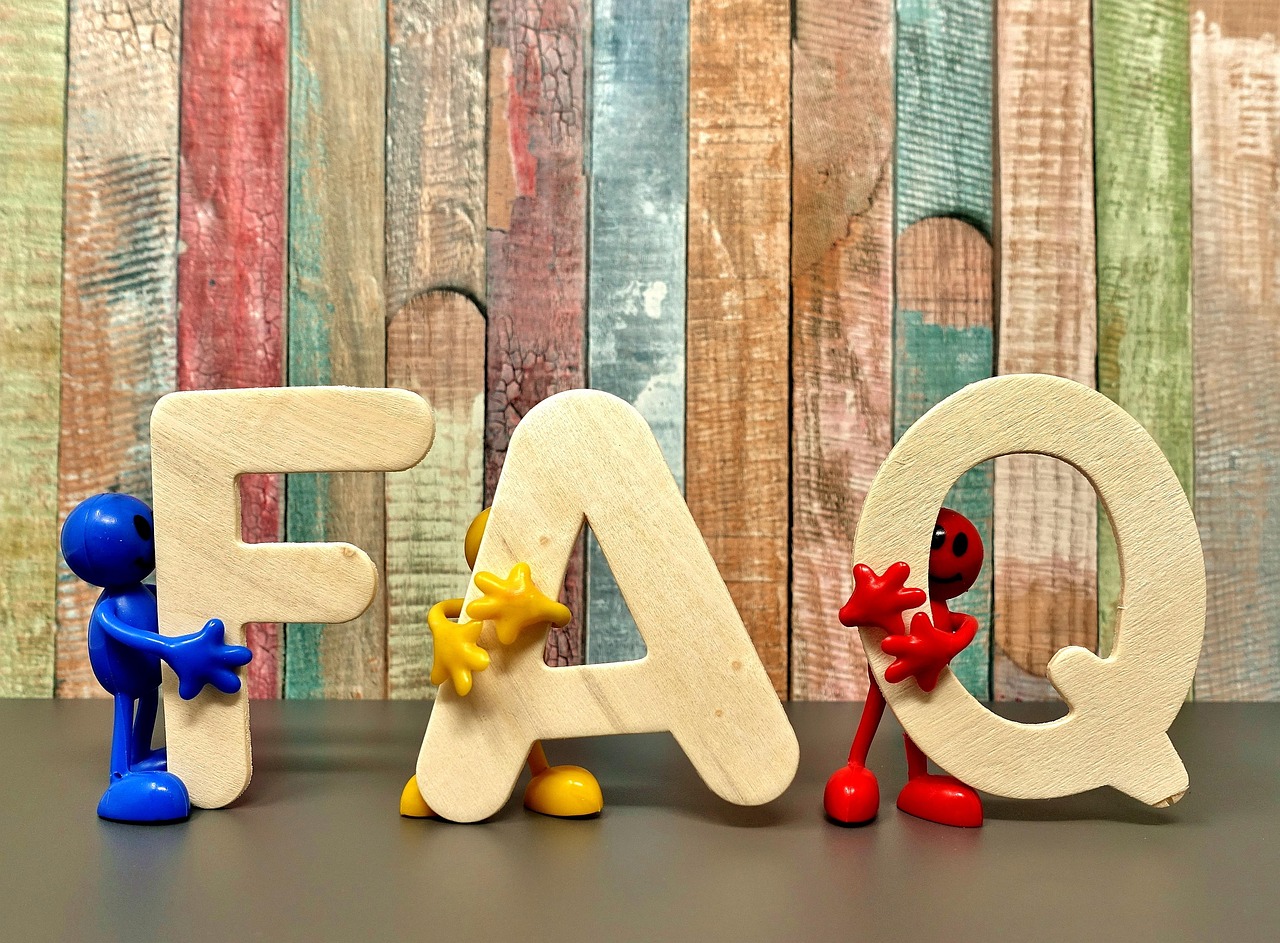Shiatsu is a Japanese digipression method that aims to rebalance the body as a whole, remove muscle tension, improve joint movement and strengthen blood circulation, and vital energy of the body thanks to precise pressures made with the fingers, palms of the hands and sometimes the elbows. This delicate and deep technique brings many benefits, both physically and mentally. Do you have questions about Shiatsu, its effects, its modalities or its accessibility? Here are the answers to the most frequently asked questions from those who wish to understand this practice better and consider a session.
1. What is Shiatsu?
Shiatsu is a traditional Japanese manual therapy that includes application of targeted pressures with fingers, thumbs and palms on specific points of the body. These points correspond to energy paths called meridians. The goal is to stimulate the circulation of vital energy (Qi in Chinese or Ki in Japanese) to harmonize body and mind. Shiatsu aims to restore energy balance and therefore to promote general health and well-being.
On an official level, shiatsu is recognized as a Complementary Traditional Medicine by various international organizations.
- World Health Organization (WHO) : in 2003, WHO has published a report listing shiatsu among traditional Asian medicines, highlighting its importance as complementary therapy and encouraging its research and development.
- European Union : Shiatsu is registered in the European Directive 2005/36 / EC in relation to the recognition of professional qualifications, thus facilitating the mobility of qualified professionals in various member countries.
These awards contribute to the credibility and spread of Shiatsu around the world while ensuring standards of training and professional practice.
2. Who is Shiatsu for?
Shiatsu acts on different levels: helps reduce stress and anxiety by deeply relaxing, improves blood and lymphatic circulation relieves muscle tension and chronic pain and stimulates the immune system. Rebalancing the energy, can also promote better sleep, strengthen vitality and support the body’s natural ability to self-regulate. The benefits are often felt from the first sessions. Based on Traditional Chinese Medicine (TCM) millenial ressources, it can adapt to each specific case.
3. How often should I undergo Shiatsu sessions?
The frequency of sessions depends on the objectives and needs of each of recipient. For a general review and well-being maintenance, one session every three to four weeks is recommended. Adapting the body and the spirit to the season (spring, summer, autumn, winter), a session is recommended at the change of season. In case of specific ailments or intense stress, a closer cycle can be considered, such as one session per week for several weeks. the Practitioner will be able to regulate – in collaboration with the recipient – the frequency depending on the evolution felt.
4. Is Shiatsu painful?
Shiatsu uses a firm pressure, but always respectful of the recipients’ pain threshold. To achieve this, the Practitioner does not force, and applies the pressure until he feels the resistance. Some practitioners also work very smoothly. Shiatsu can cause a feeling of tension release, sometimes accompanied by a slight tingling or feeling of heat, but it should never be painful. The Practitioner adapts the strength according to the sensitivity and needs of the person, so that each session is comfortable.
5. Is Shiatsu suitable for everyone?
Yes, shiatsu is a delicate technique accessible to everyone from childhood to the elderly. Adaptations are possible for pregnant women, children or vulnerable people. It is also located in a hospital, a rehabilitation center, in mental health services… However, some specific medical conditions require prior advice from a doctor. The practitioner always makes sure to adapt his practice to respect the needs and limits of each individual.
6. How long does a Shiatsu session last?
There is variable according to the needs and the situation. A session generally lasts between 45 minutes and 1h30. More than this time, studies have shown that overloading the nervous messages saturates the body and does not help as much as a shorter and more targeted session for the recipients’ request. A session begins with an exchange for the professional to understand the needs and context of the recipient. The phase of effective treatment follows, with pressure on muscles, joints, meridians and targeted areas. The session often ends with a moment of relaxation and rebalancing. This format allows for complete and personalized care.
7. Should I undress for a Shiatsu session?
No, Shiatsu is practiced on loose and comfortable clothes that allow for good mobility. You don’t need to undress (because there is no oil), which facilitates theAccess to all and contributes to its success in the four corners of the planet and in all cultures. To make the most of it, it is advisable to wear light clothes, such as a jumpsuit or a t-shirt and soft trousers, preferably in cotton, so that the practitioner can work easily.
8. What are the contraindications to Shiatsu?
Shiatsu is generally safe, as it revitalizes the body, opens the joints, amplifies the movement of the blood and thus promotes the recovery of health in general. But it is not recommended in case of recent fractures, acute infections, high fever, serious unstabilized diseases and borderline psychological situations (borderline, schizophrenia …). Some diseases such as severe heart ailments require medical advice before receiving treatment. The doctor asks the recipient for a point about his health (or even a medical check if necessary) to adapt or postpone the session if necessary.
9. How to choose a good Shiatsu practitioner?
It is important to verify that the professional is trained and graduated from a recognized school and adheres to a professional federation in the country. Experience, continuing education and the ability to listen to the recipient are essential criteria. Do not hesitate to request a previous interview to ensure the quality of the relationship and compliance with ethics. The basis of shiatsu is based on a mutual understanding of expectations and an informed recipient agreement.
10. Can Shiatsu replace medical treatment?
No, under no circumstances. Shiatsu is a complementary therapy that does not replace a medical diagnosis or treatment. It aims to support general health, improve well-being and support recovery, but it is essential to follow the advice and prescriptions of healthcare professionals. If in doubt, always consult a doctor.
- 2nd Balkans Shiatsu Summit – in Zagreb (Croatia), April 11 & 12, 2026 - 21 November 2025
- An intensive week to explore Emotions and Psychological Disorders – 5-11 July 2026 - 7 November 2025
- Italy: Shiatsu Stage – Energy Principles and Vacuum Concept (Xuli) in Shiatsu – 31/01 and 1/02 2026 in Padua - 4 November 2025
- FAQs - 12 August 2025
- A Milestone: The 2025 ESF Symposium in Brussels - 24 March 2025
- Terésa Hadland interview: Shiatsu at core - 25 November 2024



